The Power of Photography
The essence of art and photography is explored in this year’s incarnation of the visual arts festival Kyotographie. Established in 2013 by Lucille Reyboz and Yusuke Nakanishi, Kyotographie can be viewed as a beautiful love affair with the ancient Japanese capital and an artistic commentary on the power and evocation of art.
Unlike many other arts festivals, Kyotographie prides itself in staging exhibitions in unconventional locations. So, sterile art galleries and pretentious “spaces” are eschewed in favour of temples, boutiques and the streets and waterways that define the city itself. Kyotographie ingrains itself on the roads and physicality of Kyoto every year and the festival adds layers to its influence and reputation in every installment like a topographical palimpsest.
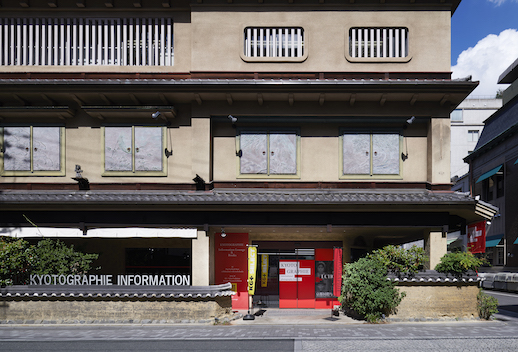
The theme of Kyotographie 2021 is “Echo” and it becomes apparent when looking at the program schedule that the tenth anniversary of the 2011 Tohoku earthquake and tsunami and the current pandemic have had an immense influence on our lives and on art in general.
Involving artists from a disparate array of locations such as Sierra Leone, England, France and China only reinforces the importance of this festival. It displays the commonality, the shared human experience no matter where we live. Subjects range from the horrors of sexual abuse shown in the work of Yingfei Liang, to gender and sexuality seen in the exhibition of Ngadi Smart, to the grandstanding beauty of Dutch photographer Erwin Olaf, to the humanity involved in Richard Collasse’s exploration of the aftermath of the 2011 Tohoku earthquake and tsunami. It’s an all-encompassing festival that concurrently highlights the destruction and evil of the human experience with the beauty and vulnerability of our lives.
Reyboz and Nakanishi have strived to ensure that Kyotographie is free and open for everyone. Welcoming and intriguing, the pair have established themselves as major players in the Kyoto and Japanese arts scene. With an ethos of empathy and hope, their festival has become a mainstay and a vital link to the potency of visual art. And with the affiliated program KG + Select, a program showcasing emerging photographers, it helps and promotes the talent and ambition of youth involved in the arts, especially photography.
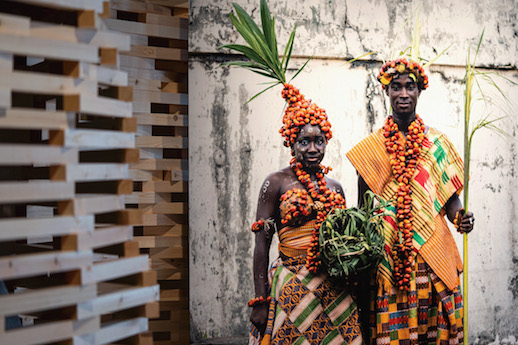
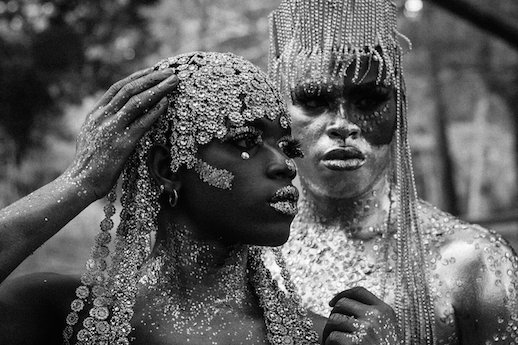
Ngadi Smart’s photography, shown at the Flying Tiger Kyoto Kawaramachi store, radically and beautifully explores notions of “normal,” “beautiful” and “right.” Liang, a Guangzhou native, is a supremely powerful photojournalist who channels the impact of photography to comment on sexual abuse in a series of dramatic set pieces.
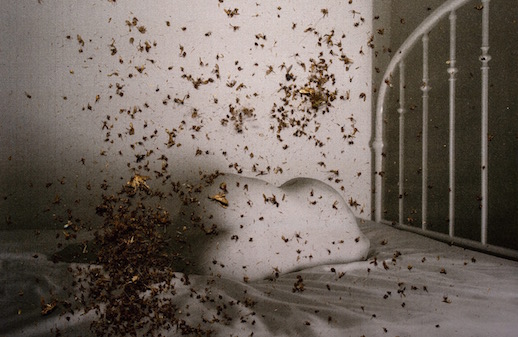
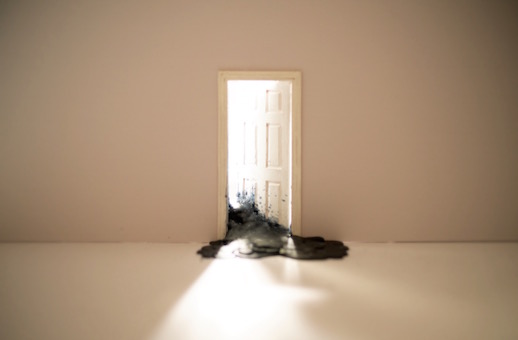
Richard Collasse, a novelist, chairman of the board of Chanel Japan and humble photographer, amazes with his tribute to the people of Kesennuma in Miyagi Prefecture who were victims and survivors of the devastating 2011 Tohoku earthquake and tsunami. The exhibition, at Nijo Castle, documents the destruction and hopelessness of the people that survived that terrifying day through Collasse’s photography taken in the weeks after the event. Stark, emotional, furious and beautiful, Collasse’s show emerges as one of the hidden highlights of this year’s festival. A fascinating polymath who has led an equally fascinating life, Collasse’s work gives an amount of respect and dignity that the people of Tohoku deserve.
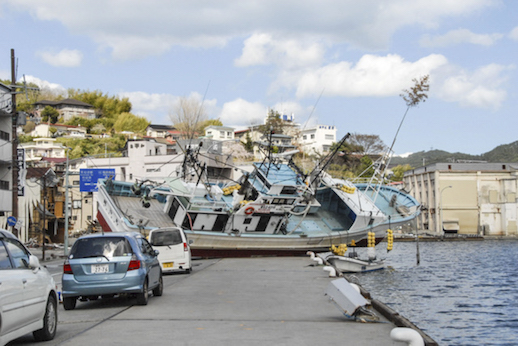
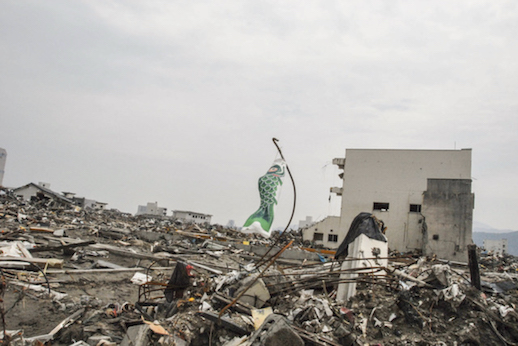
Renowned Dutch photographer Erwin Olaf, however, will probably be considered the biggest draw of this year’s program. His exhibition “Annus Mirabilis” which consists of a series of staged visual set pieces or tableaux vivants are huge in scale and ambition. This is photography that mirrors our immediate world plagued by the coronavirus pandemic and the effect it has had on us, as human beings. Shown at The Museum of Kyoto Annex, a former bank, it is a huge achievement and is the perfect display of the power and necessity of photography.
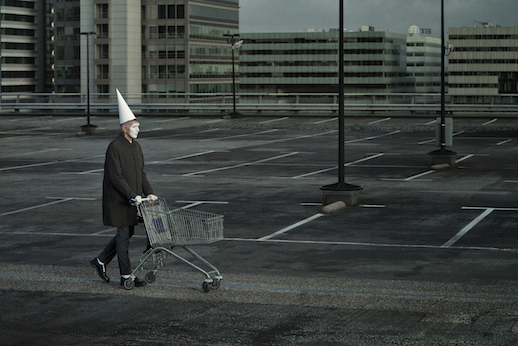
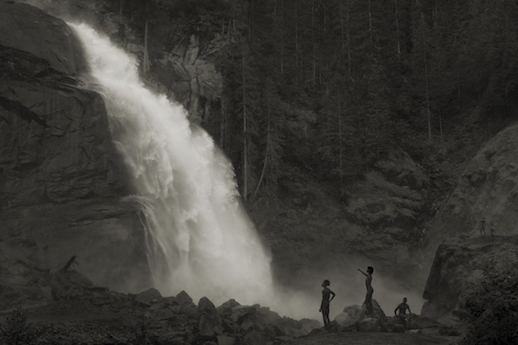
Kyotographie 2021, according to the organizers, has been extremely challenging to stage due to the state of emergency and government restrictions. A sense of joy and the realization that photography can inspire and change, however, make their work and determination even more important. Kyotographie has become, then, one of the most important and vital arts festivals in Japan and one which continues to progress, continues to explore and, most importantly, continues to provoke.
This year’s Kyotographie festival is on through October 17, 2021.
Paul McInnes
Paul McInnes



